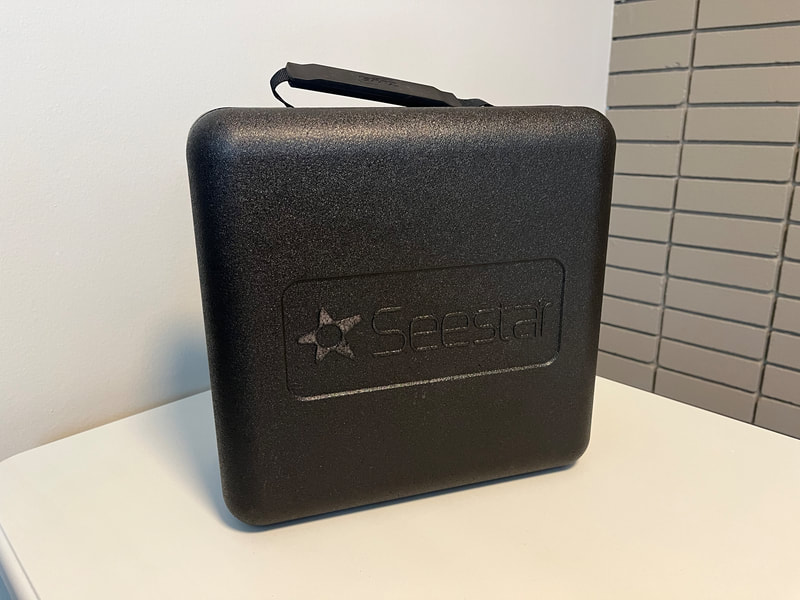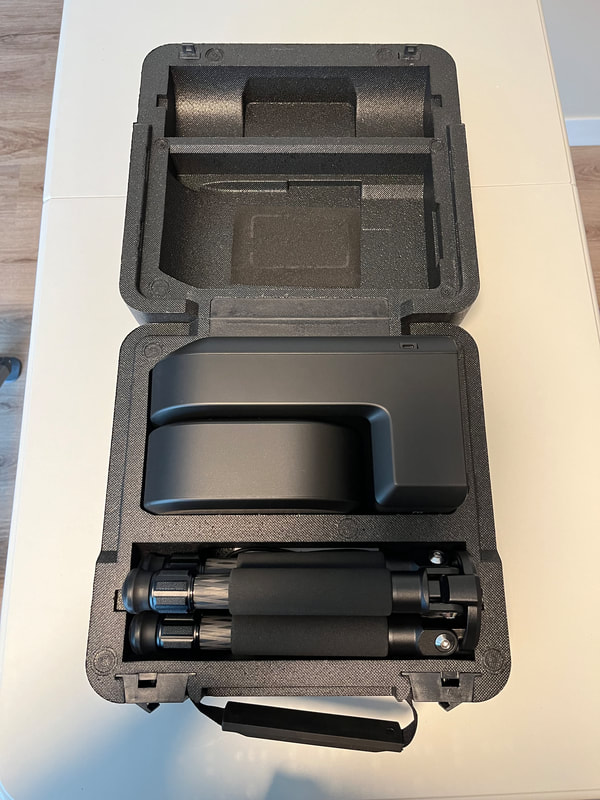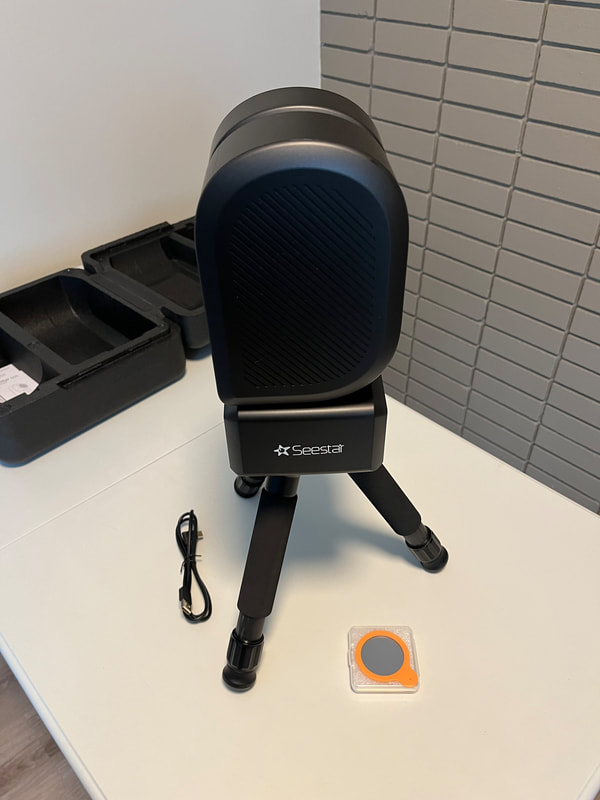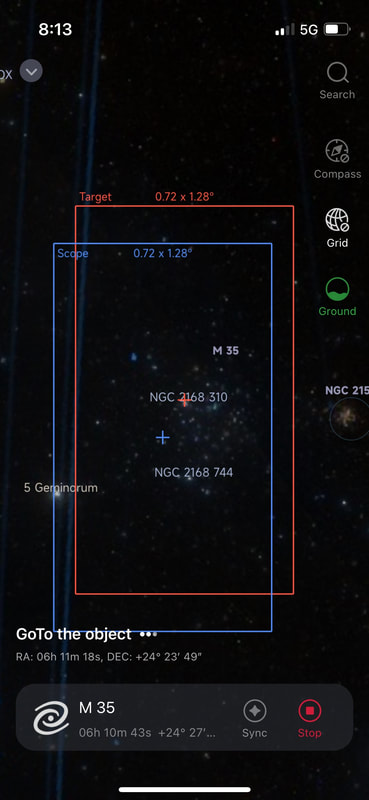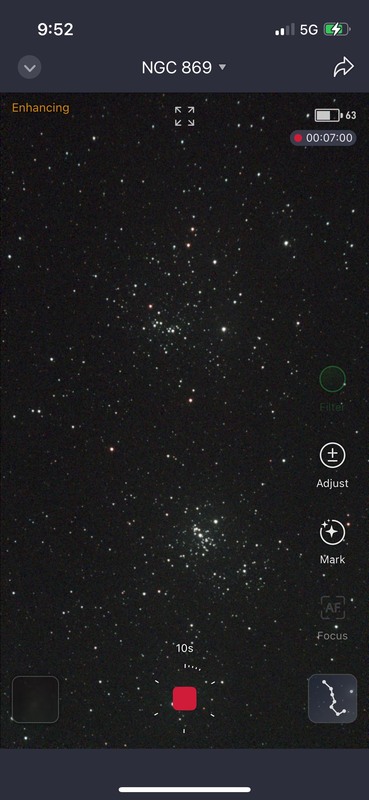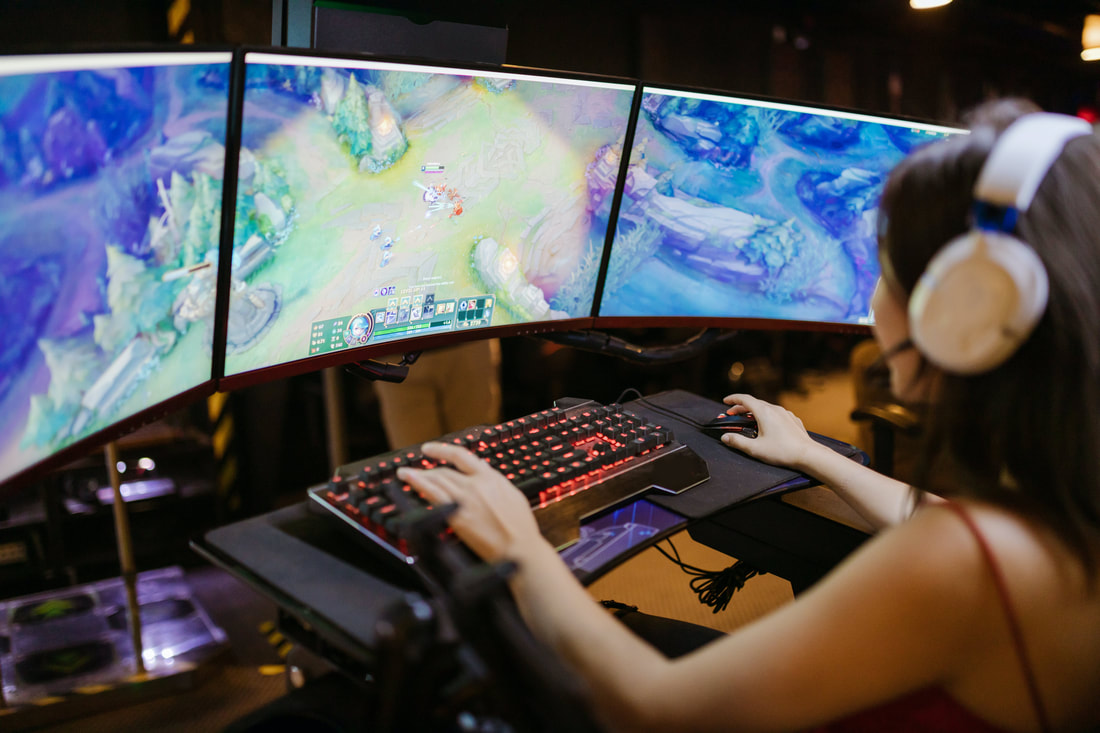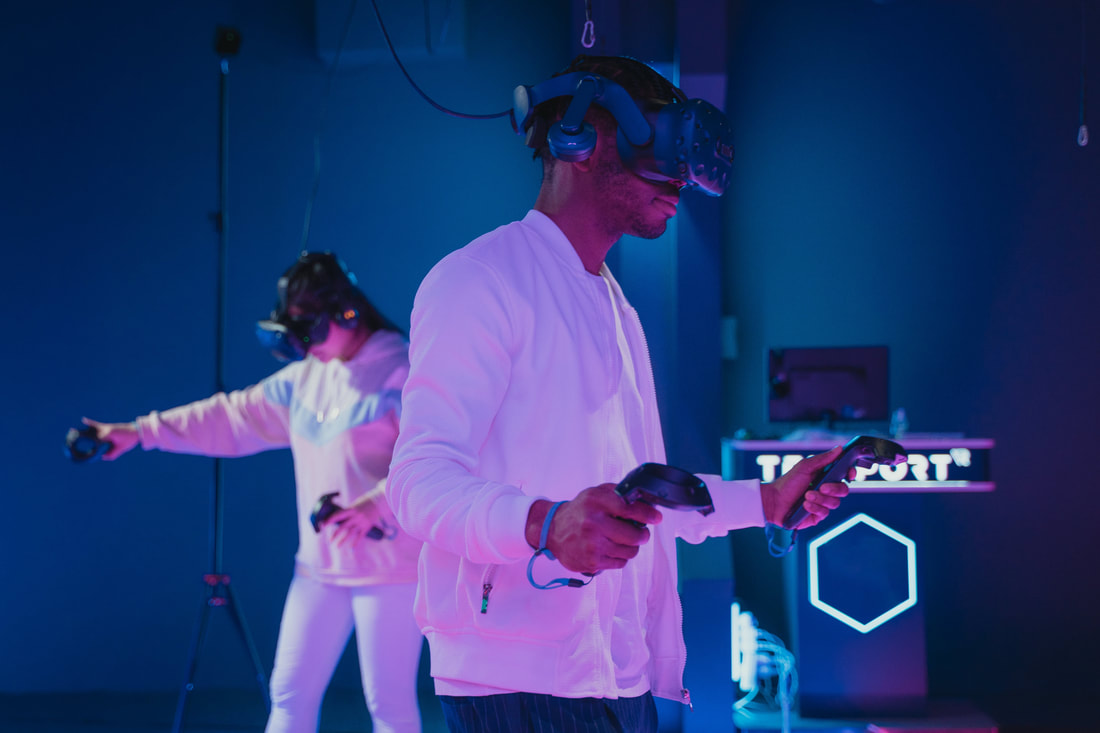|
In the fascinating realm of artificial intelligence, the diversity of technologies ranging from specialized systems like Meta Care AI healthcare diagnostics to general-purpose platforms like ChatGPT represents a dynamic and evolving landscape. In this blog post I will explore the nuanced interplay of specialization versus generalization in AI, the competitive and collaborative ecosystem, the emergence of user-centric AI tools, and the crucial ethical considerations that accompany the adoption of these technologies. Generated with DALL·E. Specialization vs. Generalization in AISpecialized AI systems are engineered with a focus on specific tasks, making them highly effective in particular domains. For instance, Meta Care AI can diagnose medical conditions with remarkable accuracy, a boon for the healthcare industry. Similarly, AI used in finance is adept at analyzing trends and making predictions, helping businesses and investors make informed decisions. On the other hand, General-Purpose AI, such as ChatGPT and Google Gemini, provides a broader range of capabilities. These platforms excel in tasks from text generation to basic reasoning over a wide spectrum of topics, making them versatile tools for both personal and professional use. Their adaptability makes them suitable for a myriad of applications, bridging gaps across different tasks and industries. GPTs offer an incredibly useful advancement in the field of AI, enabling users to easily create customized versions of ChatGPT tailored for specific purposes. Accessible to anyone with a ChatGPT Plus account, creating personalized GPTs requires no coding expertise and can be built for individual use, within a company, or by community groups, such as a Dungeons and Dragons club. Users can decide whether to make their GPTs available to others. Generated with DALL·E. The process starts simply by initiating a conversation. Users can instruct their GPT, assign it a persona to suit their style or needs, enrich it with additional knowledge by uploading documents, and choose its capabilities, which might include web searching, image creation, or data analysis. This process, known as fine-tuning, enhances a GPT's performance in particular tasks or domains, creating a hybrid AI that combines the broad applicability of general-purpose AI with the precision of specialized knowledge. By doing so, users can leverage the extensive foundational knowledge of GPTs while also meeting specific challenges and requirements. This results in AI solutions that are both efficient and effective, tailored to the unique needs of their users and directives. Competition and CollaborationThe AI landscape is not just a battleground for competition but also a fertile ground for collaboration. Innovations by companies like You.com, which integrate AI to enhance search engine functionalities, contribute to a healthy competitive environment that propels technological advancements. Moreover, collaborative efforts can lead to the creation of more robust AI systems. For example, one AI might specialize in collecting and organizing data, while another excels at processing this information, and yet another enhances user interaction, creating a seamless workflow. Generated with DALL·E. User-Centric AI EcosystemsWith a plethora of AI tools available, users are empowered to select or create the ones that best meet their specific needs, whether for specialized tasks or general assistance. This flexibility enhances not only efficiency but also user satisfaction and engagement. Organizations benefit as well, as they can assemble a suite of AI tools, each chosen or built for its unique strengths and compatibility with various operational tasks, thereby optimizing productivity and outcomes. Meta AI, a notable example, is making significant strides by integrating its specialized AI capabilities directly into widely used platforms such as Facebook, Messenger, and Instagram, with plans underway to extend these services to WhatsApp. This strategic deployment not only makes powerful AI tools more accessible, but also illustrates how deeply integrated AI is becoming in our everyday digital experiences. As technologies like Meta AI become a seamless part of our daily online interactions, they underscore the notion that AIs are here to stay, each tailored and optimized for different aspects of our digital lives. Generated with DALL·E. Ethical and Practical ConsiderationsAs the use of AI proliferates, so do the responsibilities of developers and users. Ensuring the ethical use of AI is paramount. AI tools must adhere to strict standards of safety and transparency to protect user privacy and data security. Furthermore, the interoperability among diverse AI systems requires well-defined standards and protocols to ensure they work together effectively without compromising data integrity or functionality. OpenAI exemplifies responsible data management by explicitly asking for user permission before sending data to an external application or AI when using GPTs. This practice not only enhances user trust but also reinforces the commitment to privacy and ethical AI usage, ensuring that users maintain control over their data and understand how it is utilized. Generated with DALL·E. ConclusionAs we navigate the future of AI, the landscape is increasingly characterized by a mix of specialized and general-purpose tools. From the precision of Meta Care AI in healthcare diagnostics to the versatility of ChatGPT and Google Gemini in handling diverse tasks, the AI ecosystem is becoming more interconnected and efficient. However, this growth comes with the responsibility to manage these tools ethically and thoughtfully, ensuring they enhance human capabilities and contribute positively to our lives. Generated with DALL·E. The evolution of AI is an exciting journey that promises to transform industries and everyday experiences. By understanding and leveraging the strengths of both specialized and general-purpose AI, we can foster an environment where technology not only advances but also aligns with our broader societal goals and values. Which AIs have you had the chance to use? Do you have a favourite? Have you tried tailoring your own GPTs?
0 Comments
On April 8th, 2024, Winnipeg, Manitoba, witnessed a partial solar eclipse with a maximum obscuration of 53.64%. Despite cloudy skies, the event captivated Winnipeggers. As a passionate observer living in Winnipeg, I had the opportunity to witness this phenomenon. The Unveiling of the EclipseThe eclipse began its subtle initiation at 12:54 pm CDT, with the moon starting to cover the sun from a direction of 167° and an altitude of 47.0°. The peak occurred at 2:01 pm CDT at 191° and an altitude of 47.2°. The gradual retreat of the moon’s shadow continued until the partial eclipse ended at 3:08 pm CDT. By then, the alignment shifted to 214° and an altitude of 43.0°. A Glimpse Through the LensArmed with my SeeStar S50, I captured key moments of the eclipse. Below are two groups of photographs highlighting the peak and final moments of the eclipse, showcasing the moments when the moon and sun played a fleeting game of tag in the sky. The Eclipse at Its Peak Taken during maximum obscuration. The Closing Moments Captured at the end of the eclipse. Stellar Exploration Before the EclipseIn anticipation of the eclipse, the evening of April 2nd to the morning of April 3rd was spent in diligent observation and photography of the night sky. With my SeeStar S50, I captured the beauty of four Messier objects, all located in the constellation Ursa Major (aka Big Dipper).
The Night Before: Capturing the Pinwheel GalaxyMotivated by my earlier observations, I set out to capture a great image of M101 (another Messier object in Ursa Major) on April 7th, the night before the eclipse.
Location of observed Messier objects in Ursa Major. A Cosmic JourneyThe partial solar eclipse of 2024 provided a unique opportunity for celestial observation and photography. Coupled with the preceding nights spent capturing the beauty of distant galaxies and nebulae, it was an unforgettable experience that underscored the wonders of our universe. For more details and insights into the equipment used during these observations, visit the 'My Gear' page under the 'Astronomy' section of my website, recently completed to share information about my gear and what qualities I value most with fellow astronomy enthusiasts. Maximum obscuration, times, direction, and altitude data from Time and Date.
The advent of smart telescopes has revolutionized amateur astronomy, making the wonders of the universe more accessible to everyone. Smart telescopes automatically take and stack images, making the intricate process of capturing the celestial grandeur of the night sky far more accessible to enthusiasts. Gone are the days when a smart telescope required a hefty investment of thousands of dollars. Recent innovations have brought us marvels like the ZWO Seestar S50 and Dwarf II smart telescope, available for under $1000 CAD. These devices, while more limited than their pricier counterparts such as the Unistellar eVscope, provide a solid user-friendly introduction to astrophotography. With the upcoming solar eclipse on April 8, 2024 I recently took the plunge and acquired the Seestar S50 to fill gaps in and expand my observational capabilities. This piece of technology not only complements my existing equipment but also opens new doors to the universe's mysteries. Before delving into this smart telescope, it's crucial for anyone considering a telescope to reflect on how they wish to engage with the night sky. Whether it's star hopping, deep-sky viewing, or planet gazing, the right equipment can significantly enhance your experience. My arsenal includes a Celestron Regal M2 100ED spotting scope and Orion 2x54 Ultra Wide Angle Binoculars. Both are ultraportable and serve a unique purpose. The spotting scope is great for star hopping and viewing the planets. The binoculars (aka constellation binoculars) provide a 36 degree field of view that fully encompasses a constellation and allows you to see about 1.2 magnitudes fainter than you can with the naked eye. This has come in handy at star parties, where I used them to identify locations to set up telescopes for public outreach before the stars and planets were visible to the naked eye. They also provide a more ‘dark sky’ experience in areas with light pollution by enabling viewing of fainter magnitudes. These tools have been invaluable in my stargazing adventures, from casual walks under the stars to camping in beautiful parks to educational sessions at star parties. The Seestar S50 Smart Telescope: A New PerspectiveThe Seestar S50 promises to broaden my view of the cosmos with its ability to capture images of the sun and deep-sky objects such as galaxies and nebulae in a user-friendly and portable package. It boasts a 50mm apochromatic lens, a 250mm focal length, and utilizes a high-quality Sony sensor to capture the cosmos in decent detail. 1. Seestar case. 2. Inside the Seestar case. 3. Seestar S50 telescope set up on tripod with charging cable and solar filter. Simplicity and UsabilityThe Seestar S50 is celebrated for its straightforward setup and portability, making it an ideal choice for astronomers of all levels. Setting it up is a breeze—just mount it on the tripod, turn it on, sync it with the app, and you're ready to explore the night sky. This ease of use extends to the app, which guides you through selecting and capturing celestial wonders. Thanks to its compact design, the Seestar S50 can easily accompany you on your adventures, from casual backyard observations to star parties to explorations under the dark skies of remote locations. This portability and convenience makes the Seestar S50 a perfect match for my Celestron Regal M2, allowing for a comprehensive observational experience where deep-sky imaging with the Seestar S50 complements serendipitous explorations with the Celestron Regal M2. 1. Screenshot of the Seestar app acquiring and stacking images of the Orion Nebula. 2. Screenshot of the Seestar app targeting and going to M35. 3. Screenshot of the Seestar app acquiring and stacking images of NGC 869. First Light: Challenges and TriumphsMy initial outing with the Seestar S50 had a minor learning curve. Calibrating the telescope required a delicate balance, quite literally, as I discovered the importance of smooth rotation of the telescope while connected to the tripod. I had initially aimed to keep the telescope level when rotating, but this led to bumps and jolts due to surface friction as the tripod's legs brushed against the surface it was placed on. This minor hiccup aside, the telescope soon proved its worth, effortlessly tracking celestial wonders from the Sun to the Triangulum Galaxy. Despite urban light pollution and a bright moon, the images I captured, including the Orion Nebula and the Double Cluster in Perseus, were a testament to the telescope's capabilities. 1. Sol (Our Sun) 2. Orion Nebula (M42) 3. 75 Tauri (Orange-Hued Aging Giant Star) 4. M35 (Open Cluster) 5. Double Cluster in Perseus (NGC 869 and NGC 884) 6. Triangulum Galaxy (M33) Public Outreach and ValueThe Seestar S50's value extends beyond personal exploration to public outreach. As highlighted in Urban Astrophotography, this smart telescope is an excellent tool for educational initiatives, bringing the night sky closer to the community and sparking interest in astronomy among people of all ages. Looking AheadMy journey with the Seestar S50 is just beginning. I eagerly anticipate further tests and adventures, especially from dark sky sites and with longer sessions, where the true potential of this telescope can be unleashed. A Note to My ReadersLife has been growing busier, so I am shifting to a biweekly blogging schedule. Mark your calendars for my next post on February 21, 2024.
Hello, fellow librarians and information enthusiasts! Today, I'm thrilled to delve into the nuanced and often daunting task of selecting and transitioning to a new Integrated Library System (ILS). The choice of an ILS is more than just a technical decision; it's a vital component that impacts the daily operations for both staff and patrons. An ILS is mission-critical and its functionality is as crucial as any other essential service in a library. When handled correctly, transitioning to a new ILS presents a tremendous opportunity for growth and improvement, transforming a high-impact event into a stepping stone to enhanced library services. Generated with DALL·E. Considerations for a Future-Ready ILSIn the dynamic landscape of library services, selecting an ILS that aligns with your library's long-term vision is essential. A future-ready ILS is not just about managing current needs but also being adaptable to emerging technologies and evolving patron demands. Let’s explore some key factors to consider: System IntegrationThe ability of an ILS to integrate with other systems significantly enhances its utility. A prime example is the partnership between TLC (The Library Corporation) and MessageBee. This collaboration has brought enhanced messaging integration to Library Solution customers. MessageBee offers advanced messaging capabilities, such as customizable notifications and detailed message analytics. Such integrations show how the choice of an ILS can significantly impact the choice, availability, and functionality of other applications and services in the library. Data ManagementEffective data management is at the heart of any good ILS. This includes not only efficient organization and retrieval of data but also robust backup solutions and data integrity measures. Mobile AccessibilityWith the widespread prevalence of smartphones and tablets, an ILS with strong mobile accessibility is crucial. This feature ensures that both staff and patrons can access the library's catalog and resources conveniently from their mobile devices. However, be aware that some companies might charge extra for a mobile app or premium mobile experience, so it’s important to factor this into your decision-making process. User SupportFinally, the level of user support provided by the ILS vendor is a critical factor. This includes training for library staff, customer service for technical issues, and regular updates to the system. Generated with DALL·E. Standard and Open Data FormatsA critical aspect in choosing an ILS is its compatibility with standard and open data formats. These formats ensure smooth data migration and interoperability. Standard data formats are established protocols for encoding data, developed and endorsed by recognized standards organizations. These formats ensure consistency and compatibility across different systems and platforms. In library systems, standard data formats facilitate the sharing and exchange of information. A notable example is MARC (Machine-Readable Cataloging), a standard for bibliographic data representation. Another example is Dublin Core, a set of vocabulary terms used to describe various resources, such as web pages, books, and images. Open data formats, in contrast, are publicly available and free from patents or copyrights, and not controlled by any single company or entity. These formats support transparency, accessibility, and interoperability, allowing users from different systems to access, share, and use data without restrictions. Examples in the context of library systems include XML (eXtensible Markup Language) and JSON (JavaScript Object Notation). XML is widely used for its flexibility in data interchange applications, while JSON is favored for its lightweight nature, particularly in web applications. These open formats ensure that data remains accessible and interpretable over time, irrespective of changes in technology or specific systems used by libraries. Here are some popular ILSs and ILSs I have used along with their supported data formats:
Tips for a Smooth ILS TransitionTiming is everything. Aligning a transition with a move to new server hardware or cloud services can be very beneficial. This approach allows running both systems simultaneously, easing the transition process and ensuring continuous service availability. Remember, thorough planning, staff training, and effective communication are the keystones of a smooth transition. Generated with DALL·E. Data InteroperabilityData interoperability refers to the seamless exchange and understanding of shared data between different systems. In a library context, this means ensuring a smooth transfer of bibliographic data, patron information, and transaction histories from the old ILS to the new one. Interoperability is essential for maintaining continuity and service quality in libraries. It allows for the fluid exchange of information across various platforms. When libraries switch to a new ILS, interoperability ensures that valuable data is accurately transferred, preserved, and available in the new system. To ensure effective data interoperability:
Transitioning to a new ILS is a significant step forward for any library. By focusing on future-readiness, standard data formats, and interoperability, libraries can ensure a smooth transition and set the stage for enhanced services and operations. Remember, the goal is not just to replace a system but to harness technology to better serve our communities and foster a culture of continuous improvement and innovation in library services. Generated with DALL·E.
As a librarian with a passion for helping others achieve their dreams, I've encountered budding authors curious about the self-publishing landscape in Canada. The world of self-publishing can be both exciting and daunting. To help authors navigate this journey, I've compiled the following guide that covers everything from manuscript preparation to choosing the right platform for your eBook. Step 1: Finalize Your ManuscriptYour manuscript is the core of your eBook. Before your story reaches the eyes of eager readers, it’s essential to perfect your manuscript. Calibre is a fantastic resource for this. Calibre is open-source software that not only helps in formatting your manuscript for various e-readers but also assists with metadata editing, which is crucial for eBook libraries and enhancing your eBook’s discoverability. Scrivener and Grammarly can be instrumental for final edits, ensuring your grammar and narrative flow are spot on. Additionally, joining a community like Scribophile can provide critical peer feedback to further hone your work before it greets the world. Photo by furkanfdemir from Pexels. Step 2: Design a Captivating CoverThey say, "Don't judge a book by its cover," but let's be honest – a great cover can make all the difference. Canva offers user-friendly tools to design your own covers, even if you're not a graphic design expert. For those who are more adept, Adobe Photoshop remains a top choice. Alternatively, hiring a professional cover designer can be a worthwhile investment. AI-generated art has also emerged as a novel and creative approach to cover design, offering unique and eye-catching imagery. Lastly, don’t overlook the potential of stock images from sites like Shutterstock and Pexels, ensuring you have the rights to any images used. Step 3: Choose the Right Self-Publishing PlatformSelect a platform that aligns with your publishing goals. Each platform has its pros and cons:
For a comprehensive comparison of platforms, The Writers' Union of Canada offers valuable insights and advocacy for self-published authors. Remember, you don’t have to limit yourself to one platform. Many authors choose to publish on multiple platforms to maximize their reach. Generated with DALL·E. Step 4: Set Up Your AccountCreate an account on your chosen platform. This process will involve providing personal information, tax details, and setting up payment methods for receiving royalties. Ensure all information is accurate and up-to-date. Step 5: Upload Your BookAdhere to platform-specific guidelines when uploading your book. Include your manuscript, cover, a compelling description, strategic keywords, and a well-researched price point. Research similar titles in your genre, especially on the platforms you plan to be available on, for guidance. Step 6: Publish and PromotePost-publication, pivot to promotion. Employ social media, establish an author website, and cultivate a newsletter subscriber base. Engage with local libraries and community groups, encouraging them to feature your book. Step 7: Monitor Sales and FeedbackTracking your eBook's performance through sales and reader feedback is essential to gauge its impact. This intel is not just for ego; it's for understanding your audience and enhancing your future works. Step 8: Expand Your ReachBeyond the big names, platforms like Smashwords and Draft2Digital offer avenues to additional markets. Print-on-demand services can complement your digital presence, catering to readers who prefer physical copies. ConclusionSelf-publishing an eBook is a rewarding journey that goes beyond writing. It’s about becoming an entrepreneur, a marketer, and a storyteller all rolled into one. With the right tools, a commitment to learning, and an adaptable strategy, your narrative has the potential to captivate audiences across Canada and the globe. Happy writing and publishing! Generated with DALL·E.
Generated with DALL·E. As a librarian and a cyclical gamer—sometimes immersed in multiple titles, occasionally taking breaks, or dedicating countless hours to favorites like Star Wars Battlefront II—I often find myself at the confluence of storytelling, technology, and cultural preservation. The familiar hum of my home console, which I'm considering upgrading to the more potent PS5 slim, echoes the vibrant activity of the library. This duality is a constant reminder of gaming's evolving nature, where each innovation brings both fresh excitement and a sense of nostalgia. My recent viewing of "The Entire History of Video Games" by NeverKnowsBest has led me through a six-hour exploration of gaming's most transformative periods, from Atari's dramatic downfall to the industry's impressive recoveries and milestones. Photo by RDNE Stock Project from Pexels. Gaming's history is one of adaptability; it has seen the ascent and fall of countless consoles, the fluctuations of PC gaming's relevance, and the rise of mobile gaming as a formidable competitor to traditional consoles. Each phase of change has distinctively sculpted the gaming industry. Now, as I evaluate systems like the versatile Steamdeck, the portable Nintendo Switch, and the powerful PS5, I'm captivated by how integral change is to the industry’s innovative essence. The current gaming landscape, with significant moves like Microsoft's acquisition of Blizzard and widespread monetization practices, sparks debate about the future of the industry's creative spirit. However, gaming has always been characterized by its ability to evolve. The ongoing trend of reimagining classics through remakes, coupled with advancements in VR, points to a future where respect for gaming heritage intersects with cutting-edge technology. Photo by Tima Miroshnichenko from Pexels. Libraries serve as vital guardians of this history, creating connections across time with collections and programs that engage diverse audiences. We are inspired by gaming's extensive history and strive to support both the preservation of classic games and the discovery of new gaming narratives. A key ally in this endeavour is Flashpoint Archive, which stands out in the digital preservation landscape. This project has been pivotal in rescuing a vast collection of flash-based games and animations, ensuring these pieces of gaming history remain accessible and appreciated. Libraries curate a variety of experiences, not just books. Whether you're a veteran gamer contemplating the next console launch, a scholar tracing gaming's evolution, or a newcomer to digital play, libraries are a treasure trove of knowledge and communal exploration. "The Entire History of Video Games" is more than a historical account; it is a comprehensive guide that underscores the library's role in the continuing conversation about our cultural heritage within the vast realm of video games. Explore "The Entire History of Video Games"As we navigate gaming's unfolding epic, your insights and experiences add depth to our collective story. The choices we make, from the consoles we select to the stories we engage with, weave into the expansive narrative of our digital culture—a narrative defined by endless potential and lasting impact.
In closing, "The Entire History of Video Games" is not merely a retrospective. It's a celebration of the shared path we tread, highlighting the library's crucial role in fostering an ongoing dialogue between video games' rich past and their limitless future. I look forward to hearing your thoughts on video games and libraries. What are you playing, what are you anticipating, and how do your library experiences shape your gaming journey? Does your library have a video game collection or offer video game programming? What are some of your favourite moments from the history of video games? Let's start a conversation about any new developments and upcoming releases that excite us all. Photo by Ron Lach from Pexels. Welcome back to my blog, dear colleagues and word enthusiasts! Today, November 1st, marks the first day of an exhilarating literary endeavour—National Novel Writing Month, affectionately known as NaNoWriMo. As we embark on this month-long journey of imagination and narrative, I’m thrilled to shed light on a digital ally that could significantly enhance our patrons' writing experiences: Chat GPT. What is Chat GPT?Chat GPT, developed by OpenAI, is an artificial intelligence platform adept at understanding and generating human-like text. For NaNoWriMo participants, it can act as a brainstorming partner, a sounding board for ideas, and a first-line editor for their drafts. Setting Up Chat GPT for Your PatronsThe first step is to guide interested writers in creating a free Chat GPT account:
Why Chat GPT Can Be a Game-Changer for NaNoWriMoSparking Inspiration: Chat GPT can help overcome writer’s block by generating ideas, plots, or even dialogues, providing that creative spark when needed. Opening Doors: For those who have never written extensively, Chat GPT can serve as a collaborative partner, offering suggestions and encouragement, thus making the daunting task of writing a novel more accessible. Polishing Prose: Beyond ideas, Chat GPT can suggest improvements on syntax and structure, helping writers refine their work. Encouraging Participation: With a digital assistant at their fingertips to ease the writing process, more patrons might feel equipped to take on the NaNoWriMo challenge. How to Utilize Chat GPT This NaNoWriMoEncourage your patrons to interact with Chat GPT using prompts like:
Photo by Monstera Production from Pexels. Important Notes for LibrariansPrivacy Concerns: Remind patrons to avoid sharing sensitive personal information with Chat GPT. Our role is to ensure they understand the boundaries of privacy within AI interactions. Creative Control: Inform users that while Chat GPT is a powerful tool, they retain complete creative control over their writing and should use the AI’s suggestions as a starting point, not as definitive solutions. Ethical Engagement: Promote ethical usage of AI. The spirit of NaNoWriMo is in the personal achievement of writing—not just in meeting word counts but in the joys and challenges of creating something unique and fostering creative expression. By integrating Chat GPT into our NaNoWriMo toolkit, we can provide a cutting-edge resource that empowers writers and enriches their storytelling experience. Let’s embrace this opportunity to support our patrons’ creative aspirations and demonstrate the innovative spirit of libraries today. Photo by cottonbro studio from Pexels. As we navigate this NaNoWriMo season, remember that our role as librarians is not just to curate information but to empower and inspire those we serve. Let's harness the power of technology like Chat GPT to usher in a new era of storytelling! Wishing you all a month filled with inspired writing and endless imagination, Christopher Desrochers ReferencesNational Novel Writing Month. (n.d.). Retrieved November 1, 2023, from NaNoWriMo.org
OpenAI. (n.d.). Chat GPT: Optimizing Language Models for Dialogue. Retrieved November 1, 2023, from OpenAI.com |
Christopher DesrochersModern Day Renaissance Man Categories
All
Archives
April 2024
|











